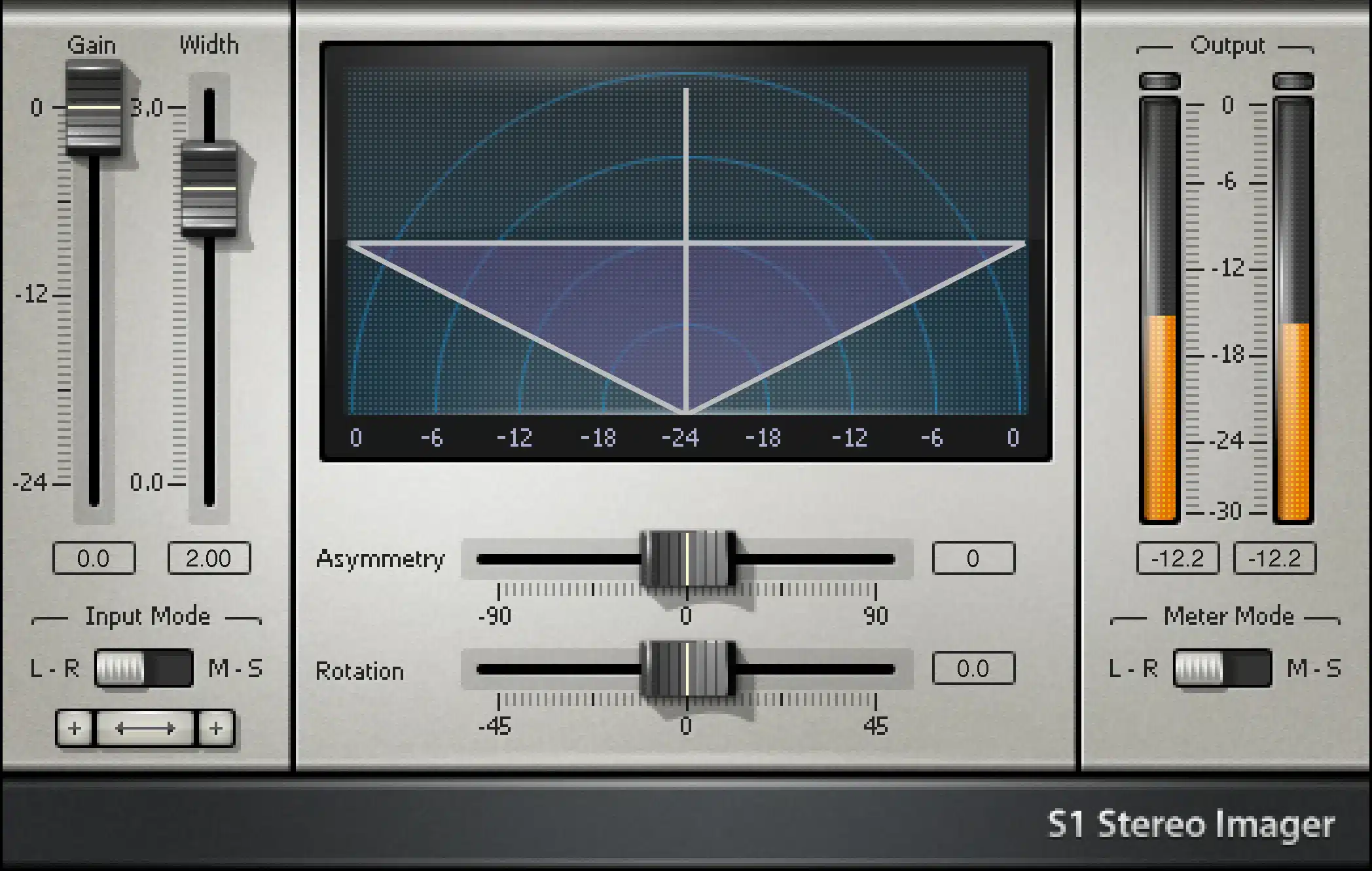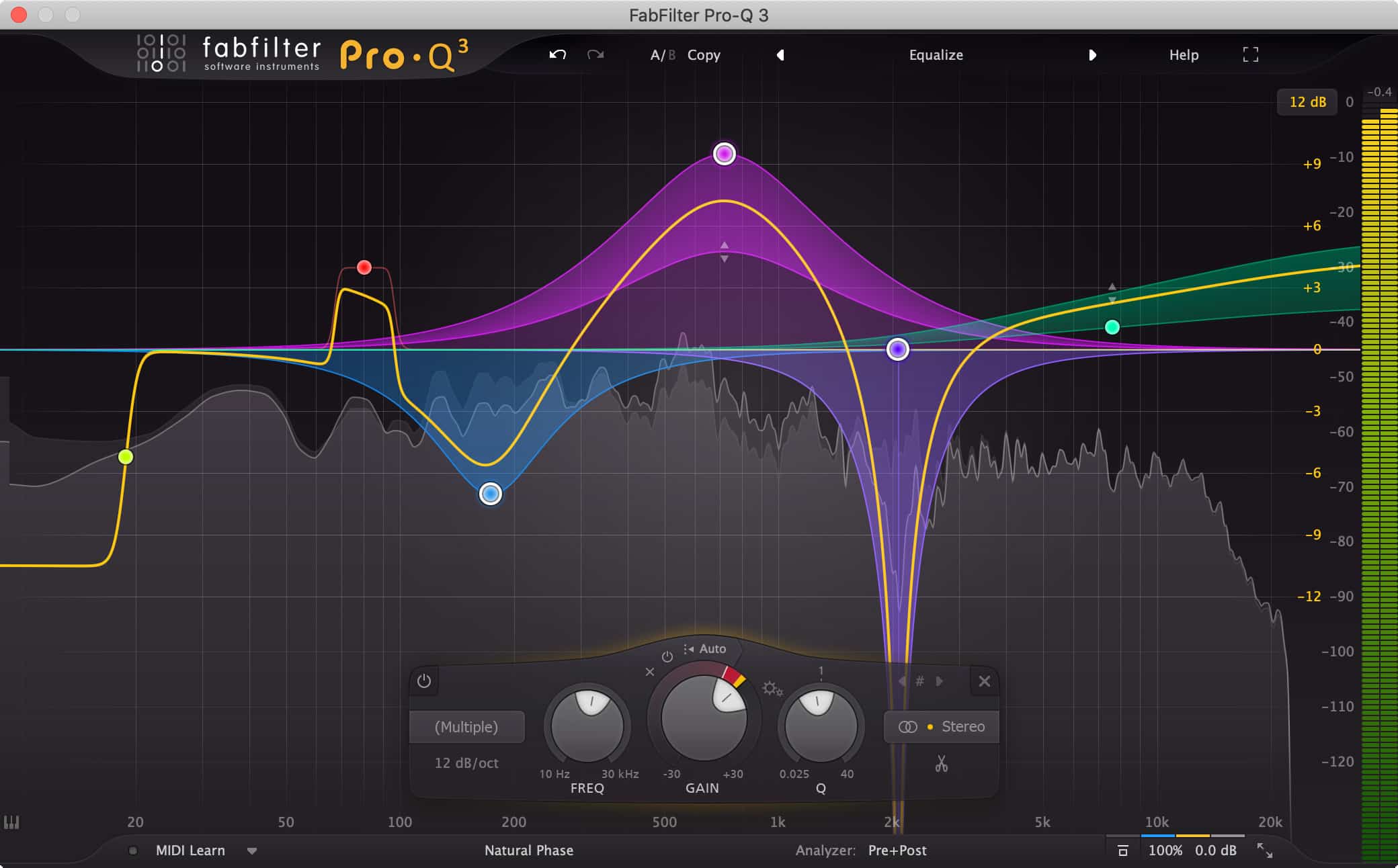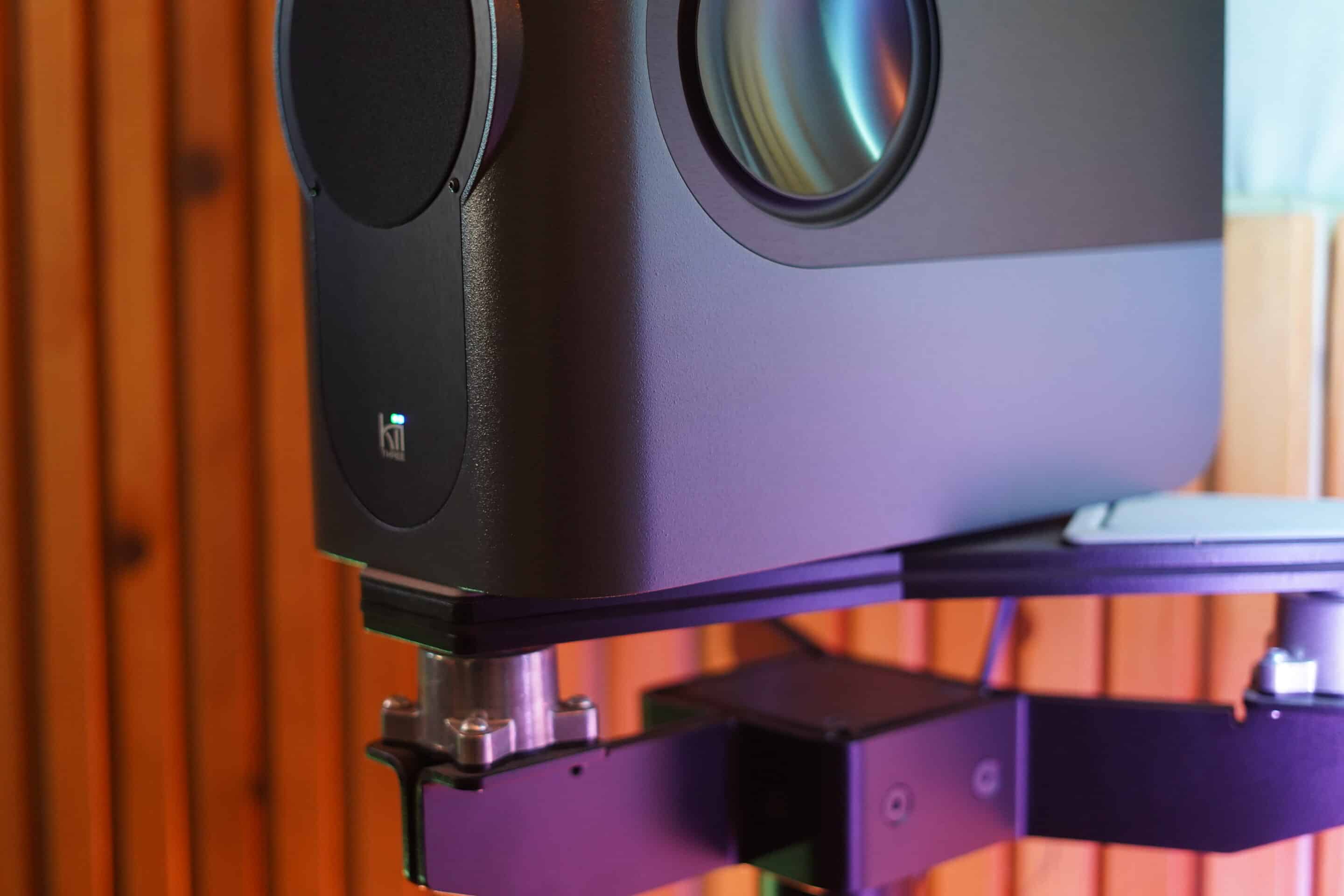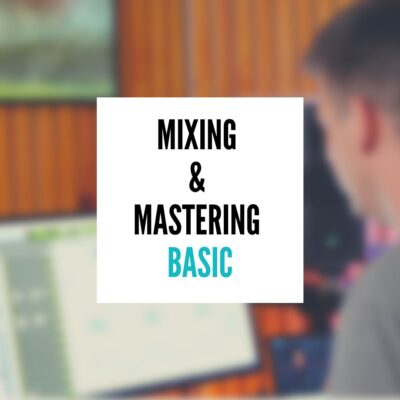Introduction: Embracing the Simplicity in Complexity
I want to share a technique for recording drums with one mic. Though seemingly straightforward, this method is one that I’ve used for years, especially when I was young and didn’t have a lot of money for microphones.
The Power of Simplicity
In my early days of recording, I was often overwhelmed by the array of microphones and equipment needed to capture a drum kit. It was a logistical and technical challenge. However, mastering the art of recording drums with one mic has been a liberating experience. It’s not just about reducing equipment; it’s about honing your listening skills and understanding the nuances of sound.
Key Takeaways:
- Simplification Leads to Clarity: Using one mic forces you to focus on the essentials – placement, performance, and the natural sound of the drum kit.
- Skill Over Equipment: This approach has taught me that skill and knowledge trump an extensive collection of gear. It’s about how you use what you have.
Finding the Sweet Spot
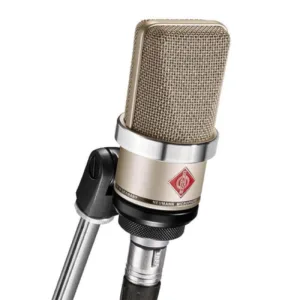
Finding the perfect spot to place your microphone is crucial. In my experiments, I’ve found that a large diaphragm condenser mic, positioned about four feet in front of the kit, works wonders. This placement captures the full spectrum of the drum kit – the punch of the kick, the crack of the snare, and the shimmer of the cymbals.
Why This Works:
- Balanced Sound Capture: This position allows for a balanced capture of the entire kit, providing a natural and cohesive sound.
- Room Acoustics Play a Role: The distance also incorporates the room’s acoustics, adding depth and character to the recording.
Mic Height as My New EQ
One of the most fascinating aspects of this technique is using the microphone’s height as an equalizer. I can emphasize different parts of the kit by simply raising or lowering the mic. Lowering the mic brings out the warmth and boom of the kick drum while raising it highlights the crispness of the snare and cymbals.
Practical Insights:
- Lower Position: Emphasizes low frequencies, ideal for genres that require a prominent kick.
- Higher Position: Captures more high-end details, perfect for genres where snare and cymbals play a leading role.
Practical Demonstrations and Results
I’ve spent countless hours experimenting with this technique across various genres. For instance, in jazz sessions, raising the mic captures the subtleties of brushwork on the snare. In contrast, for rock tracks, lowering the mic accentuates the power of the kick drum.
Real-World Examples:
- Jazz Session: Raised mic position, capturing the finesse of lighter drumming.
- Rock Session: Lowered mic position, emphasizing the aggressive kick and toms.
Embracing Limitations for Creativity
Working with a single microphone has not only streamlined my recording process but also sparked creativity. It’s about understanding the characteristics of your microphone and how its placement can completely alter the sound of the drum kit.
Creative Approaches:
- Experimenting with Different Genres: Each genre demands a unique drum sound, and this technique allows for easy adaptation.
- Understanding Your Gear: Knowing your microphone’s strengths and limitations is key to maximizing its potential.
Tailoring the Sound
Every recording session is unique, and so is the required drum sound. Adjusting the mic’s height and position allows me to tailor the sound to fit the music’s mood and style. This flexibility is invaluable in my work.
Tips for Tailoring Sound:
- Make Notes: Documenting different positions and their corresponding sounds can be a handy reference for future sessions.
- Listen and Adjust: Always trust your ears. If something doesn’t sound right, don’t hesitate to tweak the mic placement.
A Journey of Sonic Discovery
Recording drums with one mic has been a journey of discovery for me. It has simplified my setup, honed my listening skills, and opened up new creative avenues. I encourage all aspiring and professional engineers to try this technique. Embrace the simplicity, and you’ll be amazed at the complexity of sounds you can achieve.


